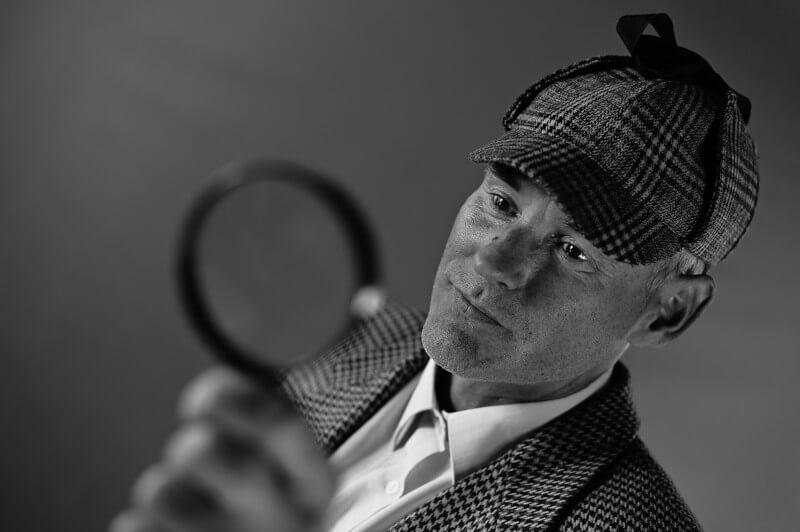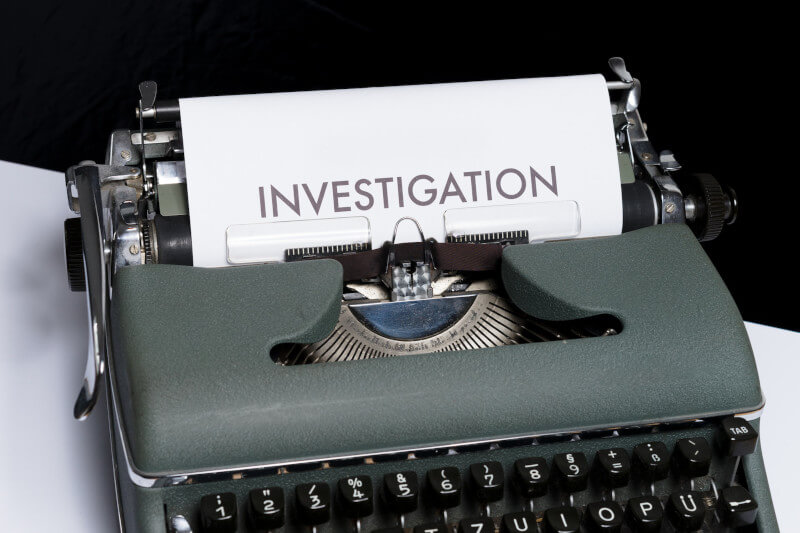In the annals of whisky history, few incidents have shaken the industry’s core and the trust of its ardent followers as much as the infamous fake Macallan scandal. By unmasking deceit that spanned centuries-old whiskies and shedding light on the vulnerabilities of a booming collector’s market, this scandal stands as a watershed moment for whiskey drinkers globally.
The Attraction of Vintage Whisky
The Macallan Distillery, situated on a plateau above the River Spey in Scotland, has long been synonymous with premium Scotch whisky. Their vintage collections, often described as liquid gold, attract collectors willing to part with vast sums for a piece of distilled history.
In the 1980s and 1990s, as the demand for rare whiskies soared, Macallan began purchasing and bottling old casks, many of which were believed to be from the 19th century. The older the bottle, the higher the price, and the more fervent the collectors’ desire to acquire it.
Enter the Italians
One man who recognized this bourgeoning obsession was Italian collector, Pepi Mongiardino. He, along with fellow Italian, Nadi Fiori, began selling vintage bottles to Macallan. These bottles, which Fiori claimed to have discovered in a bricked-up cellar in Italy, were bought for a song and sold for a symphony. Macallan, sensing an opportunity to further its prestige, didn’t hesitate. After some rudimentary tests on the cork and label, they bought these bottles, paying a princely sum.
The Fateful Auction
Fast forward to 2002. At a high-profile auction at Christie’s in London, one such bottle, purportedly from 1856, was up for grabs. However, an observant attendee, David Cox, from Macallan’s ranks, noted inconsistencies in the label’s design. The bottle was withdrawn from the auction, marking the start of a rigorous investigation.
The Forensic Breakdown

The whiskies’ authenticity was subjected to a battery of scientific tests. Carbon dating was the first step. The results were astounding. The whisky, which was believed to have been from the mid-19th century, was, in fact, a product of the 20th century. Further investigations revealed more about the nature of the forgery:
1. Carbon-14 Dating
For those unfamiliar, carbon-14 dating is a method used to determine the age of an object containing organic material. All living things absorb a small amount of radioactive carbon-14 from the atmosphere. When they die, this absorption stops, and the carbon-14 starts to decay at a known rate. By measuring the amount of carbon-14 left, one can estimate how long it’s been since the organism’s death.
Given that barley, a key ingredient in whisky was once a living plant, this method was ideal. Upon testing, the suspect Macallan whiskies showcased carbon-14 levels that pointed to the 20th century, not the 19th as was claimed.
2. Modern Printing Techniques on Old Paper
A crafty trick was employed here: using genuinely old paper but with modern printing. Upon close inspection, it was found that the ink lay atop the paper, a hallmark of contemporary printing. In genuine antique labels, one would expect to see the ink slightly absorbed, faded, or even smeared after years of environmental exposure.
3. Chemical Compound on the Cork: A 20th-Century Signature
Another glaring inconsistency was the chemical treatment of the corks. The corks had traces of 2,4,6-trichloroanisole (TCA), a compound not in use until the late 20th century. This compound, ironically used to prevent cork taint, became another piece of irrefutable evidence against the authenticity of the bottles.
4. Bottle Glass Analysis
Here’s another angle you’d find interesting. The composition and thickness of the bottle glass can indicate its age. Modern bottles, made through automated processes, have a consistent thickness. However, older bottles, crafted through hand-blowing techniques, often show variations. The suspect Macallan bottles had the uniformity of modern production, further denting their claim of antiquity.
A Domino Effect
Once the first fake was identified, others quickly tumbled. Of the bottles Mongiardino and Fiori sold to Macallan, 11 were declared counterfeit. The distillery faced not just a substantial financial loss but a significant dent in its heretofore impeccable reputation.
The Aftermath
Macallan went into damage control mode. They purchased back the counterfeit bottles from collectors, attempting to mitigate the fallout and restore faith in their brand. Efforts were doubled to verify and validate the authenticity of all whiskies, ensuring no such oversights would occur in the future. These are the lengthy Macallan had to go through to rehabilitate its brand with consumers and its reputation within the industry:
Macallan has shown its dedication to transparency by quickly acknowledging the results. They went to other companies to conduct extensive testing of their antique collections so that they could get some distance from the situation while still protecting their brand’s reputation. The employment of impartial third parties demonstrated Macallan’s commitment to transparency and honesty to its constituents.
Macallan implemented rigorous authentication protocols to protect themselves against potential threats in the future. They put in a lot of money to get the newest equipment so that they could check every vintage bottle thoroughly before selling it. Macallan called meetings with key stakeholders like distributors, long-term customers, and fans because they knew they needed to talk to them face-to-face about the problem. This forthright strategy was implemented to restore faith and head off potential worries.
Macallan’s post-scandal strategy shifted to prioritize education as a key component. The company promoted awareness programs that explained to buyers how to spot fakes in the marketplace. In addition to strengthening Macallan’s position, this helped the whisky industry as a whole.

Macallan’s response was more than just a defensive one. They went after the phony bottle makers in court to stop them from making fake bottles. This legal strategy made a strong signal about the serious consequences of dishonesty in the high-end alcoholic beverage industry.
The company has also been working to improve its story, highlighting its long history of handiwork and dedication to quality. At long last, Macallan figured out how to use social media effectively. They constantly responded to questions, corrected misconceptions, and carried on conversations with customers in real-time.
In the aftermath of a scandal, how a brand responds can make all the difference. Macallan’s multifaceted approach showcases a blueprint for brand rehabilitation.
The scandal, however, had ripples beyond Macallan. It cast doubt over the entire industry’s verification processes. Auction houses, distilleries, and collectors alike tightened their vetting processes. Scientific and historical authentication became the industry’s gold standard, with carbon dating becoming a staple for vintage whiskies.
Lessons Learned
The great fake Macallan scandal serves as a cautionary tale. It underscores the importance of vigilance in a market driven by rarity and prestige. It’s a stark reminder that, while a vintage whisky is highly sought after, due diligence is essential, whether you’re a seasoned collector or a distillery steeped in history.
For newcomers to the whisky world, this incident might seem like a relic of the past. Still, it’s a poignant lesson in the value of authenticity and the lengths to which individuals will go to deceive in the pursuit of wealth and prestige. Always trust but verify, especially when the stakes are as high as they are with these liquid treasures.
